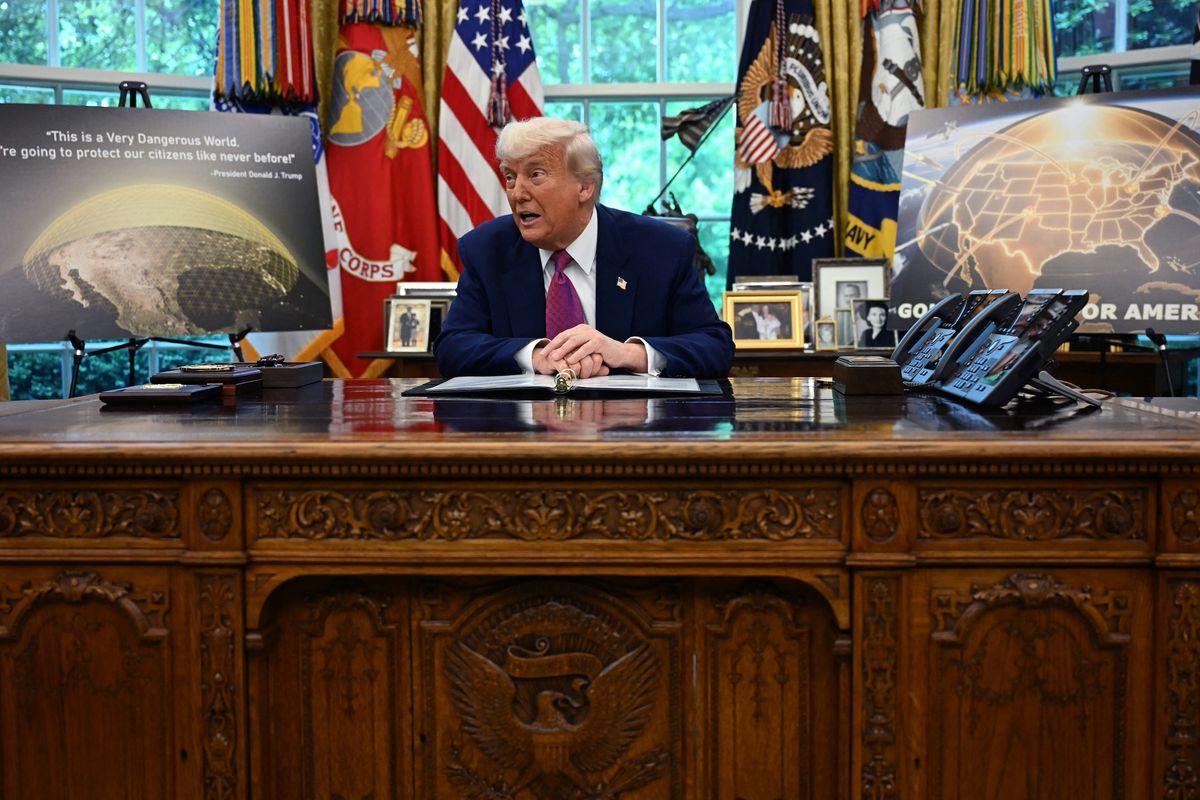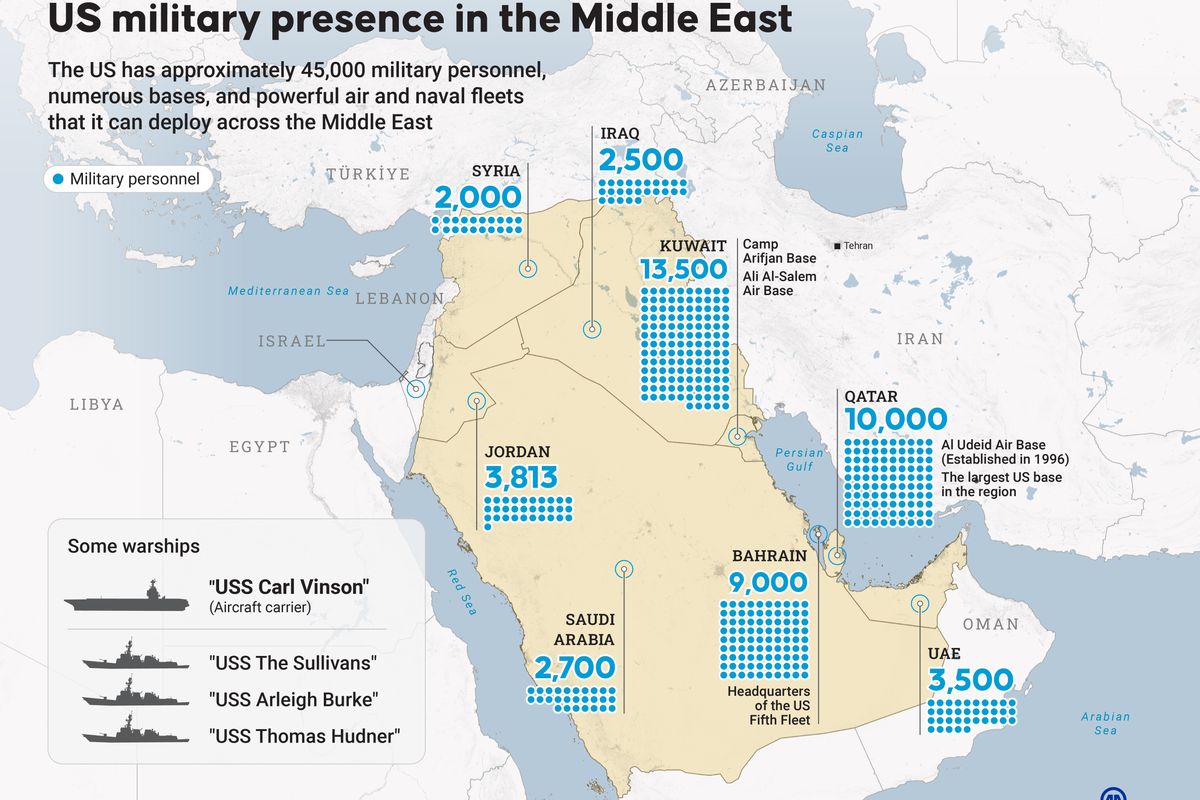SpaceX launched the classified National Reconnaissance Office NROL-76 satellite into orbit before successfully landing the first stage of its Falcon 9 rocket at NASA’s Kennedy Space Center May 1. This not only marks SpaceX’s first major national security launch after brokering a deal with the U.S. Air Force to receive certification for the Falcon 9, it also heralds a historic turning point in the economics of national security space launches.
The cost of access to space has for decades been the greatest constraint for military, civilian, and commercial space missions. In recent years, new entrants into the U.S. space launch market – such as SpaceX and Blue Origin – have begun to disrupt the cost equation of civilian and commercial launches. Now, though, that disruption is entering the national security market. This “space renaissance,” as former Air Force Secretary Deborah Lee James calls it, could revolutionize the capabilities of U.S. military assets in space, but it will also present new threats.
Excitement over a low-cost space renaissance has been seen before. When it was introduced in the 1970s, the reusable Space Shuttle program – retired in 2011 – was forecast to reduce launch costs to just $10.5 million per flight. However, the actual cost exceeded predictions by a factor of 20. Similarly, in the 1990s, expectations that the commercial space market was primed for dramatic cost reductions and a boom in private competition turned out to be largely overblown.
Fortunately, that dynamic does not seem applicable today. In part, this is due to a wide range of technological advances that are making it far easier to manufacture launch vehicles, lift payloads into orbit, and service satellites while in orbit. Reusable launch vehicles, which SpaceX has now landed successfully on several occasions, are probably the most significant innovation in reducing launch costs. Theoretically, if reusable launch vehicles can be designed to reliably withstand multiple uses, they could reduce launch costs by a factor of 10 – at or below the $10 million mark.
This, says former White House liaison to NASA during President Donald Trump’s transition Greg Autry, would allow launch vehicles to “operate more like traditional commercial aircraft – fuel, fly, refuel and fly again – perhaps several times a day and from relatively mundane launch facilities.” Not only would this reduce direct launch costs to the price of fuel and oxidizer used to lift the rocket, it could eventually reduce launch operation costs – a huge budgetary outlay – by cutting down on expensive pre-flight inspection and testing requirements.
In addition to lower launch costs, new technologies and techniques will enable government and private ventures to extend the life of satellites – thus negating the need to launch replacement satellites. Vivisat, a joint venture between Orbital ATK and US Space LLC is investing millions in developing its Mission Extension Vehicle, which will refuel and service satellite in orbit. Similarly, the Defense Advanced Research Projects Agency
(DARPA) is pursuing a public-private partnership to develop robotic servicing of satellites in geosynchronous orbit. Companies like Made in Space are also working on using 3-D printing technology to construct replacement parts and structures in space.
Finally, beyond technology alone, increased competition and the creation of more streamlined production lines that service both commercial and military markets, are creating new efficiencies. This is especially revolutionary for the national security market, which has been dominated by the Lockheed-Boeing joint venture United Launch Alliance (ULA) for years. ULA is famously reliable but, whereas a ride on the ULA Atlas V rocket starts at $109 million, SpaceX now promises to provide the same service for $60 million. In response, says Autry, “United Launch Alliance has aggressively reacted to [Elon] Musk’s challenge… [President and CEO] Tory Bruno shook up the staid military-industrial-complex model as soon as he took control… [He] streamlined ULA’s operations and slashed costs while maintaining the firm’s perfect launch record.”
All these factors combine to drastically reduce the costs of launch, and the opportunities that this provides to U.S. military planners are manifold. First, lowering the launch cost will open the possibility of previously cost-prohibitive space missions. For instance, due in large part to launch costs, military and intelligence satellites have tended to pack a large number of technical capabilities into heavy and expensive satellites. These small constellations of large and highly capable satellites have been effective, but they are also extremely vulnerable. Take out just one with an anti-satellite (ASAT) weapon and you may be able to seriously degrade the constellation’s ability to support U.S. military ground operations. Now, however, lower launch costs allow for many more launches of smaller, less capable satellites, which could build a constellation far more resilient against ASAT attack.
Lower launch costs could also lead to the development of new offensive weapons systems in space. The idea of placing satellites capable of launching kinetic attacks against ground targets in low-Earth orbit, for example, has long been the dream of some military space planners. While President Ronald Reagan’s “Star Wars” space-based missile defense system might now be financially viable. In short, says former House Science, Space, and Technology Committee Chairman Robert Walker, low-cost space launch “gives us the opportunity to be far more active in space than we’ve been in the past.” However, the U.S. will not be the only country to benefit from this space renaissance. India’s space agency has made great strides in reducing costs and increasing efficiency, launching a record 104 micro-satellites from a single rocket in February. Meanwhile, potential adversaries like China have developed proven ASAT capabilities and are investing billions in their own space industries. The proliferation of cheap launch technology could also have the knock-on effect of increasing the proliferation of ICBMs, which use similar technology.
In short, the cost revolution in national security launches will spawn threats in addition to offering new opportunities.
“All these things,” says James, “can be used for the benefit of mankind but they can also be used for ill purposes, and it’s the job of the U.S. military to be able to pivot and react to new threats.”
Partnerships with private space launch companies, as well as further efforts by the military to open the national security space market to competition between these companies, will undoubtedly be critical to this goal.
Fritz Lodge is a Middle East and international economics analyst at The Cipher Brief. Follow him on Twitter @FritzLodge.








